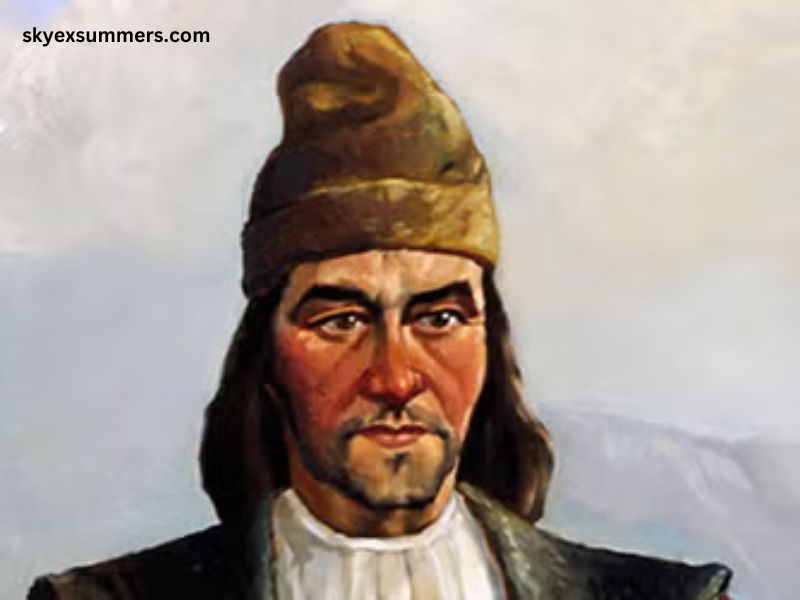The Age of Discovery, spanning the 15th to the 17th centuries, was marked by significant explorations that reshaped global trade and cultural exchanges. Among the prominent figures of this era were Bartolomeu Dias and Vasco da Gama, two Portuguese navigators who played crucial roles in expanding European knowledge of the world. While both were instrumental in the exploration of the African coast and the Indian Ocean, a fundamental Difference Between Vasco them lies in their missions and achievements regarding the opening of sea routes to India.
Bartolomeu Dias: The Pioneering Explorer
Bartolomeu Dias is best known for his voyage in the late 15th century that took him around the southern tip of Africa. Commissioned by King John II of Portugal, Dias set out in 1487 with the objective of finding a sea route to India by circumventing Africa. His expedition faced numerous challenges, including treacherous waters, strong currents, and limited navigation technology.
In 1488, Dias successfully rounded the Cape of Good Hope, a monumental achievement that proved it was possible to sail around Africa. He initially named it the “Cape of Storms” due to the perilous conditions encountered during his journey. However, King John II later renamed it the Cape of Good Hope, reflecting the optimism surrounding the potential for trade routes to India and beyond.
Despite his groundbreaking voyage, Dias did not reach India. His return to Portugal was necessitated by a combination of factors, including the deteriorating condition of his ships and the need to report back to the king. Ultimately, his expedition laid the groundwork for future explorations by demonstrating the feasibility of sailing around Africa, which was essential for the establishment of maritime trade routes.
Vasco da Gama: The Trailblazer of Trade
In contrast, Vasco da Gama’s achievements were far more ambitious and ultimately successful in establishing a direct sea route to India. Following Dias’s pioneering journey, da Gama was selected for a crucial expedition in 1497. His mission, sanctioned by King Manuel I, aimed to solidify Portugal’s position as a dominant trading power by establishing direct trade links with India.
Da Gama’s expedition marked a new chapter in global exploration. He set sail from Lisbon with four ships, navigating down the west coast of Africa before rounding the Cape of Good Hope. Unlike Dias, who had only made it to the southern tip of Africa, da Gama continued his voyage across the Indian Ocean, reaching the Indian port city of Calicut (now Kozhikode) in May 1498. This achievement was monumental; it opened the floodgates for Portuguese trade in spices, silks, and other valuable commodities from Asia.
The Strategic Differences in Their Missions
The primary difference between Dias and da Gama can be encapsulated in the nature of their missions. Dias’s expedition was exploratory in nature, focusing on navigation and mapping unknown waters. He aimed to find a passage to India but did not reach his ultimate goal. His journey was significant for its pioneering spirit and for opening the route around the Cape, yet it did not result in immediate trade benefits for Portugal.
On the other hand, Vasco da Gama’s mission was explicitly commercial and imperial. He was tasked with establishing a direct trade route, not just exploring. Da Gama’s successful voyage to India directly led to the establishment of Portuguese trading posts and fortifications along the Indian coastline, effectively creating a Portuguese empire in the East. His return to Portugal brought wealth and significant influence, establishing Portugal as a major player in global trade.
The Impact of Their Voyages
While both Dias and da Gama contributed to the Portuguese Age of Exploration, their impacts differed significantly. Dias’s successful navigation around the Cape was crucial for future expeditions, but it was da Gama who transformed exploration into tangible economic gains. The trade routes established by da Gama not only enriched Portugal but also altered global trade patterns and facilitated the exchange of goods, culture, and ideas between Europe and Asia.
Da Gama’s successful voyages led to the Portuguese establishing a series of forts and trading posts in India, which provided them with control over the lucrative spice trade. This not only increased Portugal’s wealth but also laid the groundwork for the later European colonial presence in Asia.
Their Legacies
In the annals of history, both explorers are celebrated for their contributions to maritime exploration, but their legacies are viewed through different lenses. Dias is often regarded as the pioneer who first revealed the route around Africa, paving the way for future explorations. His contributions are essential in understanding the early stages of the Age of Discovery.
Conversely, Vasco da Gama is often seen as the navigator who realized the dream of connecting Europe with Asia via the sea. His voyages are celebrated for their immediate economic impact and for establishing a new era of global trade, which had lasting implications for world history.
Conclusion
In summary, while both Bartolomeu Dias and Vasco da Gama were vital figures in the exploration of new sea routes during the Age of Discovery, their missions and achievements differed significantly. Dias’s exploratory voyage around the Cape of Good Hope was a critical first step, demonstrating the potential for maritime navigation around Africa. In contrast, Vasco da Gama’s successful journey to India established the first direct trade route between Europe and Asia, transforming global trade and solidifying Portugal’s dominance in the spice trade.
The legacy of their voyages illustrates the evolution of maritime exploration from the initial stages of discovery to the establishment of trade networks that would reshape the world. Understanding this difference not only highlights the individual contributions of these navigators but also underscores the broader implications of their voyages in the context of European expansion and global interactions.



